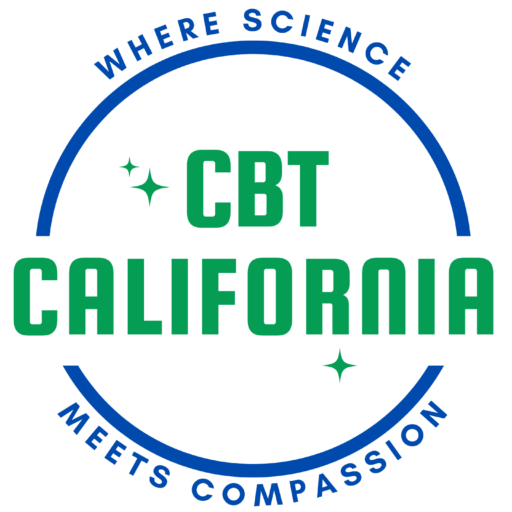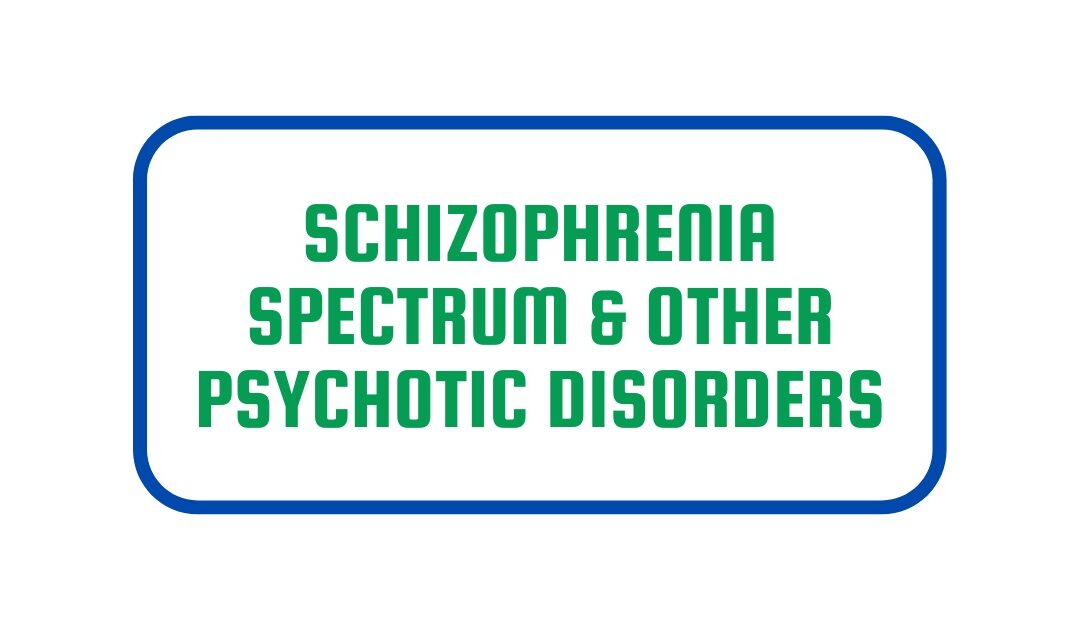Key features that define the psychotic disorders:
- Delusions
- Hallucinations
- Disorganized Thinking (Speech)
- Grossly Disorganized or Abnormal Motor Behavior (Including Catatonia)
- Negative Symptoms
What is the treatment for schizophrenia?
The standard of care for schizophrenia is medication combined with some form of therapy. Cognitive-behavioral therapy (CBT), Acceptance and Commitment Therapy (ACT), as well as Dialectical Behavior Therapy (DBT) are effective in treating schizophrenia.
Cognitive-behavioral interventions focus on relapse prevention and psychoeducation. Educating individuals diagnosed with schizophrenia on identification of symptoms of schizophrenia, as well as the importance of taking medications is an integral part of treatment. Understanding how symptoms manifest for each individual is an essential part of treatment.
Additionally, working to validate, accept, and also manage feelings about having a persistent mental illness like schizophrenia, as well as the signs of the illness, may be an integral part of treatment.
An effective treatment for individuals with schizophrenia is DBT. The therapist can work with individuals with schizophrenia in DBT to eliminate life-threatening behaviors and reduce therapy interfering behaviors. DBT can also help an individual with social skills training. Social skills training helps individuals manage and reduce environmental stress. These strategies can help a person with schizophrenia deal effectively with hallucinations and delusions. An individual is taught to identify triggers in order to prevent or minimize schizophrenic episodes.
References:
- American Psychiatric Association. (2013). Diagnostic and statistical manual of mental disorders (5th ed.). Arlington, VA: American Psychiatric Publishing.
- Additional Information Online: National Institute of Mental Health. Schizophrenia; http://www.nimh.nih.gov/health/topics/schizophrenia/index.shtml
Books:
- Torrey, E. F. (1995). Surviving schizophrenia: A manual for families, consumers, and providers. New York: HarperPerennial.
- Mueser, K. T., & Gingerich, S. (2006). The complete family guide to schizophrenia: Helping your loved one get the most out of life. New York: Guilford Press.

